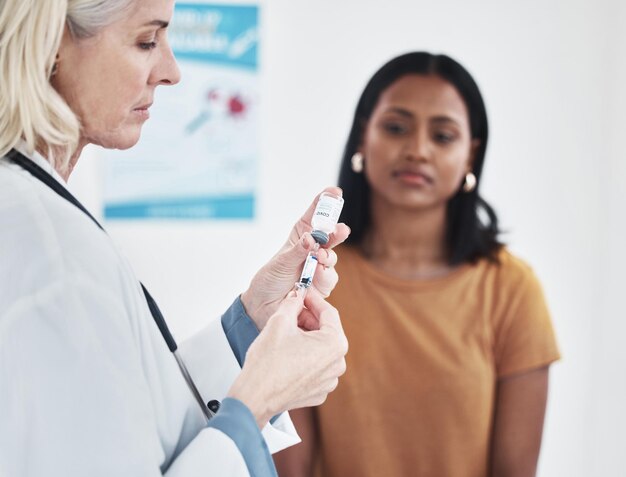Battling Tuberculosis: Essential Insights on Treatment and Management
The world of infectious diseases is vast, but tuberculosis (TB) stands out due to its impact on global health. This bacterial infection, primarily attacking the lungs, affects millions annually. Yet, despite its prevalence, TB is both preventable and treatable. Understanding how to manage and treat this disease is crucial for those affected and at risk.
Understanding Tuberculosis
Tuberculosis, caused by the bacterium Mycobacterium tuberculosis, is primarily an airborne disease. It spreads when a person with active TB expels bacteria into the air through coughing, sneezing, or speaking. Understanding TB's nature is the first step in appreciating its treatment and control methods.
Types of TB: Latent vs. Active
- Latent TB Infection: In this stage, the bacteria remain in the body in an inactive state and cause no symptoms. The latent form isn't contagious, but it can develop into active TB.
- Active TB Disease: This form is symptomatic and can spread to others. It requires immediate medical attention and treatment.
Treatment Approaches for Tuberculosis
Treating tuberculosis involves a multi-faceted approach that includes medical intervention, lifestyle adjustments, and addressing social factors.
Standard TB Treatment
The treatment for TB is stringent and requires commitment, typically lasting about six to nine months. The standard regimen usually includes several antibiotics:
- Isoniazid (INH)
- Rifampin (RIF)
- Ethambutol (EMB)
- Pyrazinamide (PZA)
These medications work synergistically to eliminate the bacteria and prevent the development of drug-resistant strains. Completing the full course of treatment is crucial for success and to avoid the recurrence of the disease.
Directly Observed Therapy (DOT)
DOT involves health care workers directly supervising patients as they take their medication. This approach ensures adherence to treatment schedules, reducing the risk of developing multidrug-resistant TB.
Managing Drug-Resistant TB
Drug-resistant TB poses a significant challenge. It occurs when TB bacteria become resistant to at least one of the main anti-TB medications. Managing drug-resistant TB often involves using second-line drugs, which may include:
- Fluoroquinolones
- Injectable agents such as amikacin or capreomycin
- Newer drugs like bedaquiline or delamanid
These treatments can be longer, sometimes extending beyond two years, and often come with more severe side effects. Nevertheless, with dedicated care, outcomes can be positive.
Harnessing Adjunctive Therapies
Integrating adjunctive therapies can enhance TB treatment outcomes:
- Nutritional Support: Adequate nutrition bolsters immunity and aids recovery. Patients are encouraged to maintain a balanced diet rich in proteins, vitamins, and minerals.
- Psychosocial Support: Dealing with TB can be emotionally taxing. Support from mental health professionals, community groups, or peers can be beneficial.
- Public Health Interventions: Measures like contact tracing, vaccination with BCG (Bacille Calmette-Guérin), and public awareness campaigns play a crucial role in controlling the disease spread.
Prevention: A Key Strategy
Prevention is integral to managing TB globally. By adopting proactive measures, individuals and communities can significantly reduce transmission rates.
Importance of Vaccination
The BCG vaccine is widely used in countries with a high prevalence of TB. While it doesn't prevent the disease entirely, it reduces the risk and severity of complications like TB meningitis in children.
Public Health Initiatives
- Awareness Programs: Educating communities about the signs and symptoms of TB promotes early diagnosis and treatment, which curtails spread.
- Improving Living Conditions: Reducing overcrowding and ensuring proper ventilation in homes and public spaces decreases TB transmission risk.
- Regular Screening: High-risk groups, including healthcare workers and individuals with compromised immune systems, benefit from regular TB screenings.
Living with Tuberculosis
Living with TB, whether latent or active, requires adjustments and understanding. Patients and their families should work closely with healthcare professionals to navigate this journey.
Day-to-Day Management
- Adherence to Medication: Take medications as prescribed without skipping doses.
- Regular Medical Checkups: Schedule periodic visits to monitor health and progress.
- Healthy Lifestyle Choices: Engage in moderate exercise, avoid smoking and alcohol, and prioritize overall well-being.
Support Systems
Community and family support can drastically improve coping mechanisms. By creating a positive environment, patients can better manage the psychological and physical challenges of the disease.
Understanding the Hurdles
Despite advancements in treatment and prevention, challenges remain in the fight against TB.
Socioeconomic Barriers
- Access to Care: In many areas, healthcare facilities and medications may be lacking, delaying diagnosis and treatment.
- Stigma: The social stigma associated with TB can hinder people from seeking timely medical help, thus exacerbating transmission.
Global Efforts and Innovations
Organizations worldwide are striving to end the TB epidemic. Innovations like rapid diagnostic tests and new drug formulations continue to improve patient outcomes.
By addressing these barriers, health communities can work towards reducing and eventually eliminating TB.
In the quest to eliminate tuberculosis, informed decisions and actions at individual and communal levels are vital. With awareness, adherence to treatment, and support from healthcare systems, TB can transition from a daunting challenge to a manageable condition.
Key Takeaways and Next Steps 🌟
- Standard Treatment: Comprises a combination of antibiotics over 6-9 months.
- Prevention: Involves BCG vaccinations, public health initiatives, and awareness.
- Challenges: Addressing drug resistance, social stigma, and healthcare access is pivotal.
- Support: Embrace community and psychological support for better management.
By following these insights, individuals can play an active role in managing TB effectively, contributing to global health improvement efforts.
